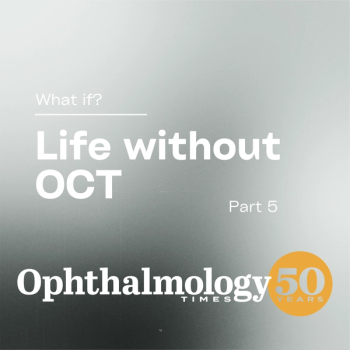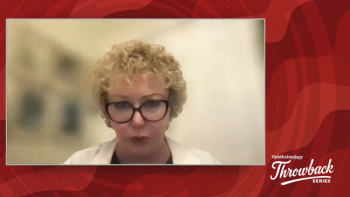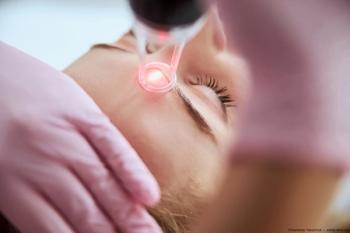
Presbyopia: Strategies in use
A number of procedures are available to address presbyopia, each with its advantages and disadvantages.
Most patients with presbyopia can be treated successfully, and patient satisfaction is high, said Nader Robin, MD, in private practice in Grenoble, France.
He evaluated the results of presbyopic correction using an intrastromal Intracor femtosecond laser procedure (Technolas Perfect Vision), intracorneal ring (Kamra, AcuFocus), and hyperopic presbyLASIK and discussed their use in clinical practice.
Moderate to severe myopia
The 68 patients in this group underwent a conventional thin-flap LASIK procedure that aimed for –1 to –1.5 D of residual myopia for near vision and emmetropia in the fellow eye.
"The patients were highly satisfied in all cases," Dr. Robin said. "Six patients still complained of somewhat insufficient near vision."
Mild myopia
Sixteen patients with low myopia underwent bilateral LASIK with the femtosecond laser with the goal of achieving emmetropia. A corneal inlay was implanted under a 180-æm flap in the non-dominant near vision eye. All patients underwent low-dose cortisone therapy for 3 months and dry eye therapy, according to Dr. Robin.
All patients expressed high satisfaction with the procedure, with the exception of a 48-year-old woman who expressed dissatisfaction with the eye with the inlay and requested explantation.
Newsletter
Don’t miss out—get Ophthalmology Times updates on the latest clinical advancements and expert interviews, straight to your inbox.



















































.png)


